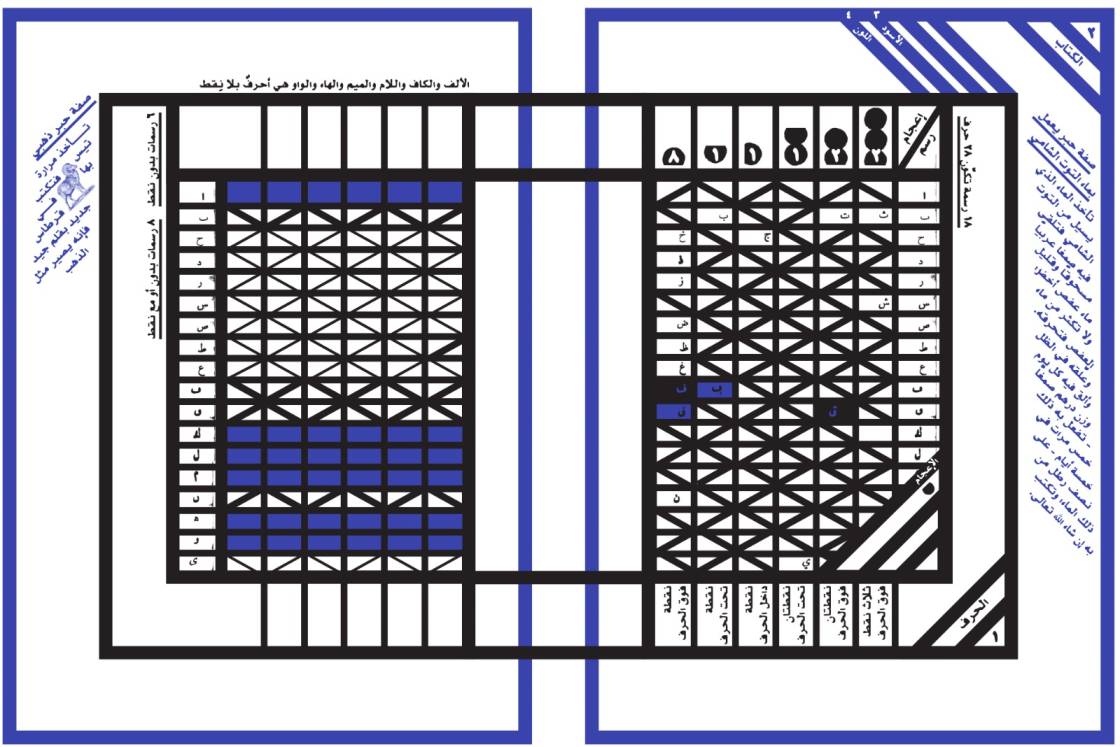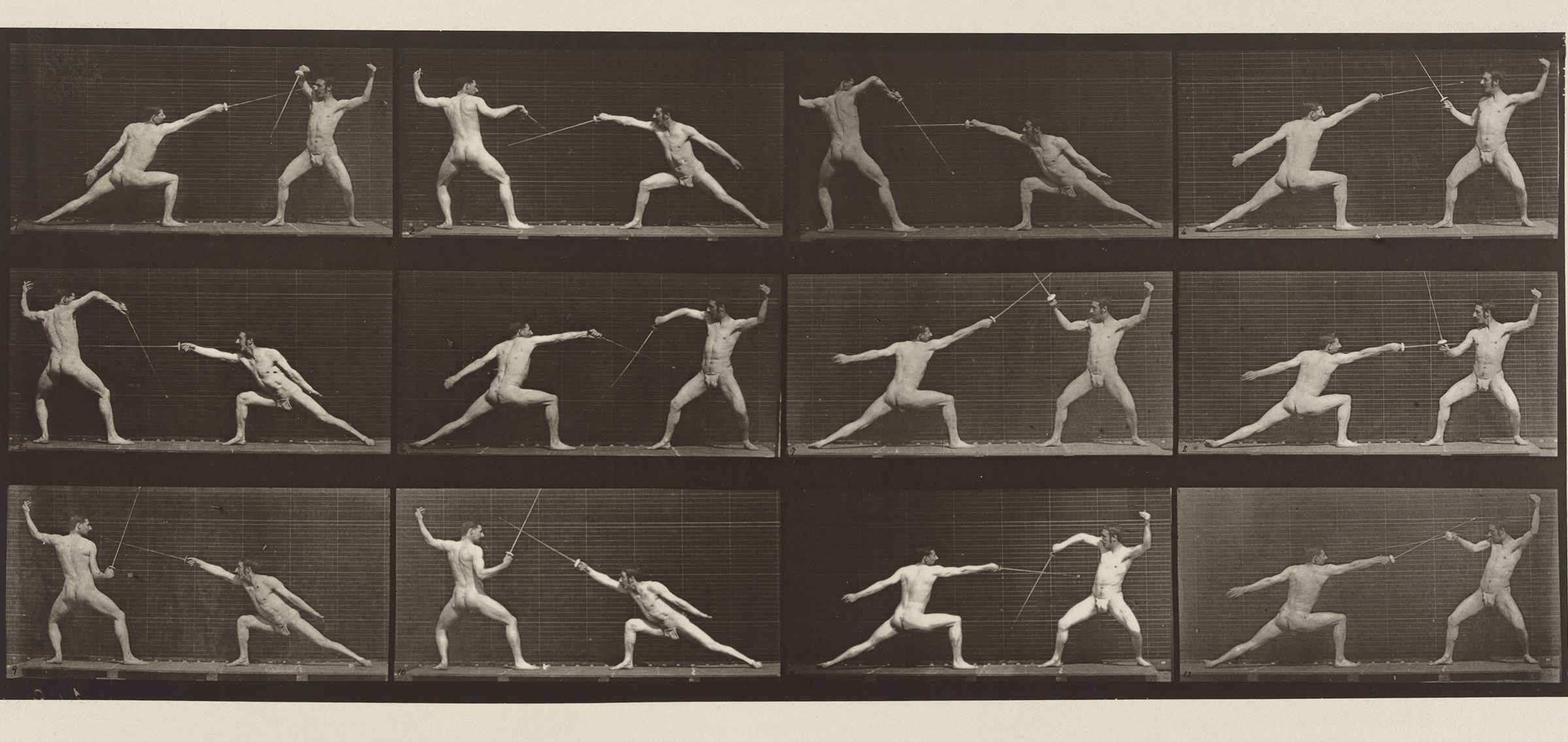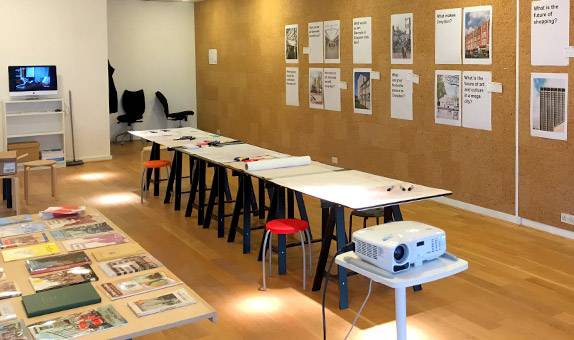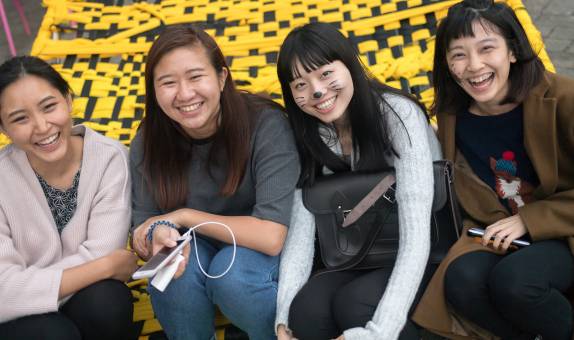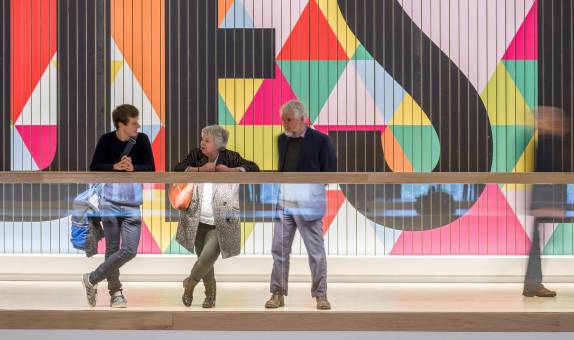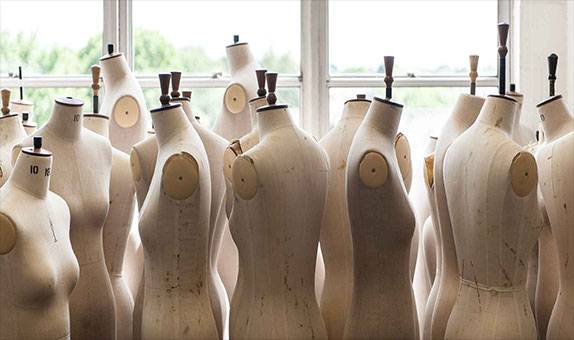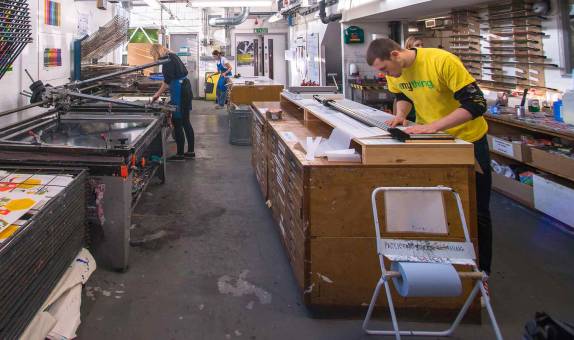Teaching Graphic Design History in/of the Arab World: Narratives and Practices
Two-part series: Thursday 29 February / Friday 1 March 2024
Graphic design in the Arab world has been shaped by colonial legacies that continue to influence both its teaching and practice. This research symposium aims to explore this issue by bringing together scholars, educators, and practitioners to discuss the decolonisation of graphic design education.
It aims to provide a platform to reflect on challenges and opportunities, and consider approaches to the study of graphic design in the Arab world with a focus on the cultural, social, linguistic, and historical contexts of the region.
This event is organised by Yasmine Nachabe Taan, Lebanese American University, Beirut and Trustee of the Design History Society, and Lina Hakim, Senior Lecturer and member of the Visual and Material Culture Research Centre at Kingston University, London.
Day 1: Thursday 29 February 2024
Welcome speech
- Dr Chahid Akoury, Department of Art and Design Chair, School of Architecture and Design, LAU
Introduction
- Yasmine Nachabe Taan and Lina Hakim
Panel 1: Narratives (stories, definitions, timelines, archives)
- Dina Benbrahim – Inside and outside the classroom: an anti-racist and feminist approach to design histories
- Haytham Nawar – A History of Histories: The stories/challenges behind writing a book about "Arab Graphic Design History"
- Huda Smitshuijzen AbiFarès - Uncovering the Multifaceted History of Typography in the Arab World
- Yasmine Nachabe Taan – A Transition from Global to Glocal: Breaking Hierarchies in the Teaching of History of Graphic Design
Q&A
- All panellists
[Image: Jana Traboulsi, Kitab Al Hawamesh (The Book of Margins) [spread], 2017]
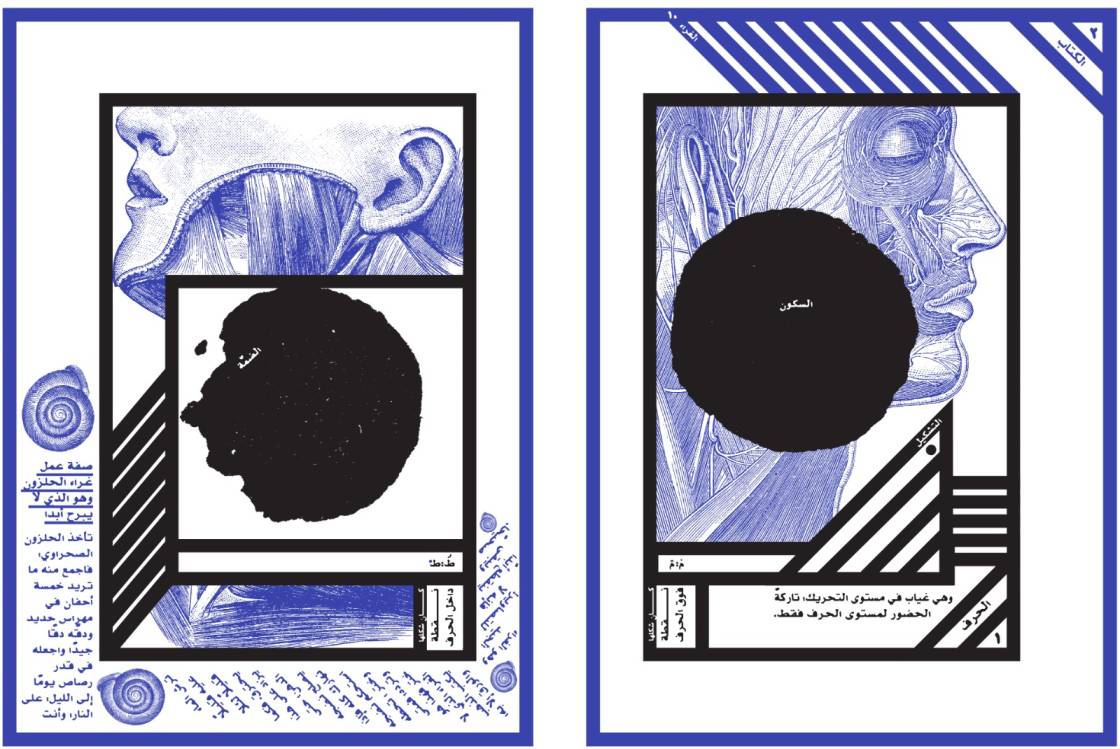
Panel 1: Narratives (stories, definitions, timelines, archives)
Abstracts and biographies
Day 2: Friday 1 March 2024
Panel 2: Practices (references, knowledge, language, dissemination)
- Jana Traboulsi – Center and Margins in Design History: Reflecting on Kitab al Hawamesh
- Moe Elhossieny - Archives of The Shadow: Institutions, Collectors, Dealers, and Heirs
- Basma Hamdy – The Myth of Complexity in the Arabic Script
- Lara Balaa – A Methodological Framework for Studying Geographies of Graphic Design
Q&A
- All panellists
[Image: Jana Traboulsi, Kitab Al Hawamesh (The Book of Margins) [spread], 2017]
